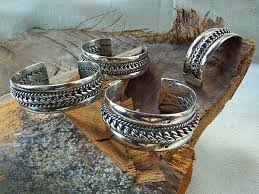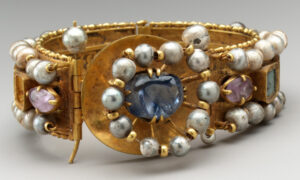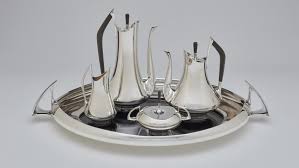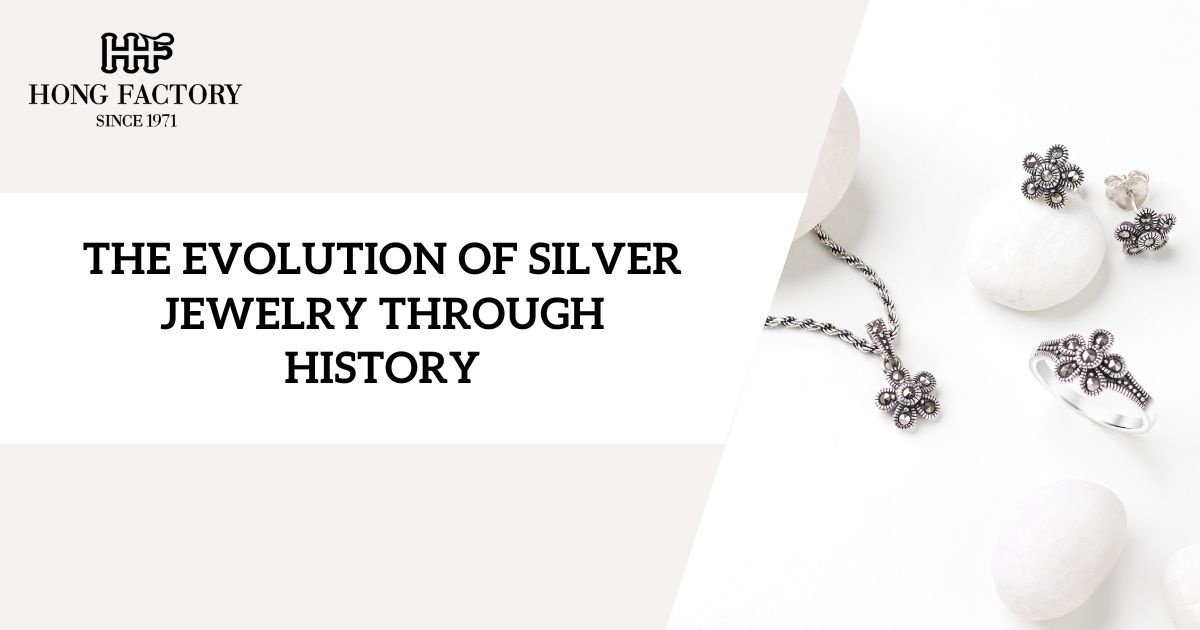Silver jewelry has evolved over centuries, influenced by different cultures, art movements, and technological advancements. From ancient civilizations to modern trends, silver has remained a symbol of wealth, status, and artistic expression. This article explores the historical evolution of silver jewelry, tracing its journey from ancient times to contemporary fashion.
The Evolution of Silver Jewelry

1.Silver Jewelry in Ancient Civilizations
Egyptian Silver Jewelry
✔ Egyptians prized silver more than gold due to its rarity.
✔ Pharaohs and nobles wore silver amulets, rings, and necklaces as symbols of power.
Greek and Roman Silver Jewelry
✔ Greeks associated silver with the goddess Artemis and crafted intricate designs.
✔ Romans used silver for rings, coins, and military decorations.
2.Silver Jewelry in the Middle Ages and Renaissance
Medieval European Silver Craftsmanship

✔ Silver was widely used in religious artifacts, crowns, and noble accessories.
✔ Artisans introduced engraving, filigree, and gemstone embellishments.
The Renaissance and Baroque Influence
✔ Silver jewelry became more ornate and decorative.
✔ Designs featured floral motifs, pearls, and elaborate engravings.
3. Silver Jewelry in Modern Fashion
The Rise of Sterling Silver (19th-20th Century)

✔ The Victorian era favored sentimental silver lockets and mourning jewelry.
✔ Art Deco introduced geometric and bold silver designs in the 1920s.
Contemporary Silver Jewelry Trends
✔ Minimalist and layered silver jewelry dominate today’s fashion.
✔ Mixed-metal designs and sustainable silver jewelry are trending.
Silver jewelry has evolved through history, reflecting different cultures and artistic movements. Whether in ancient or modern times, silver remains a timeless symbol of beauty and craftsmanship.
